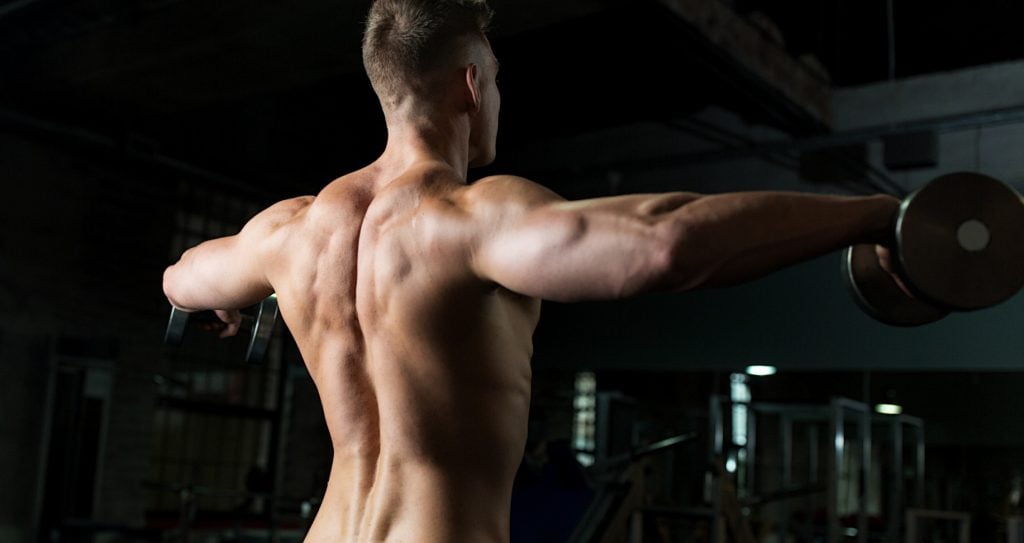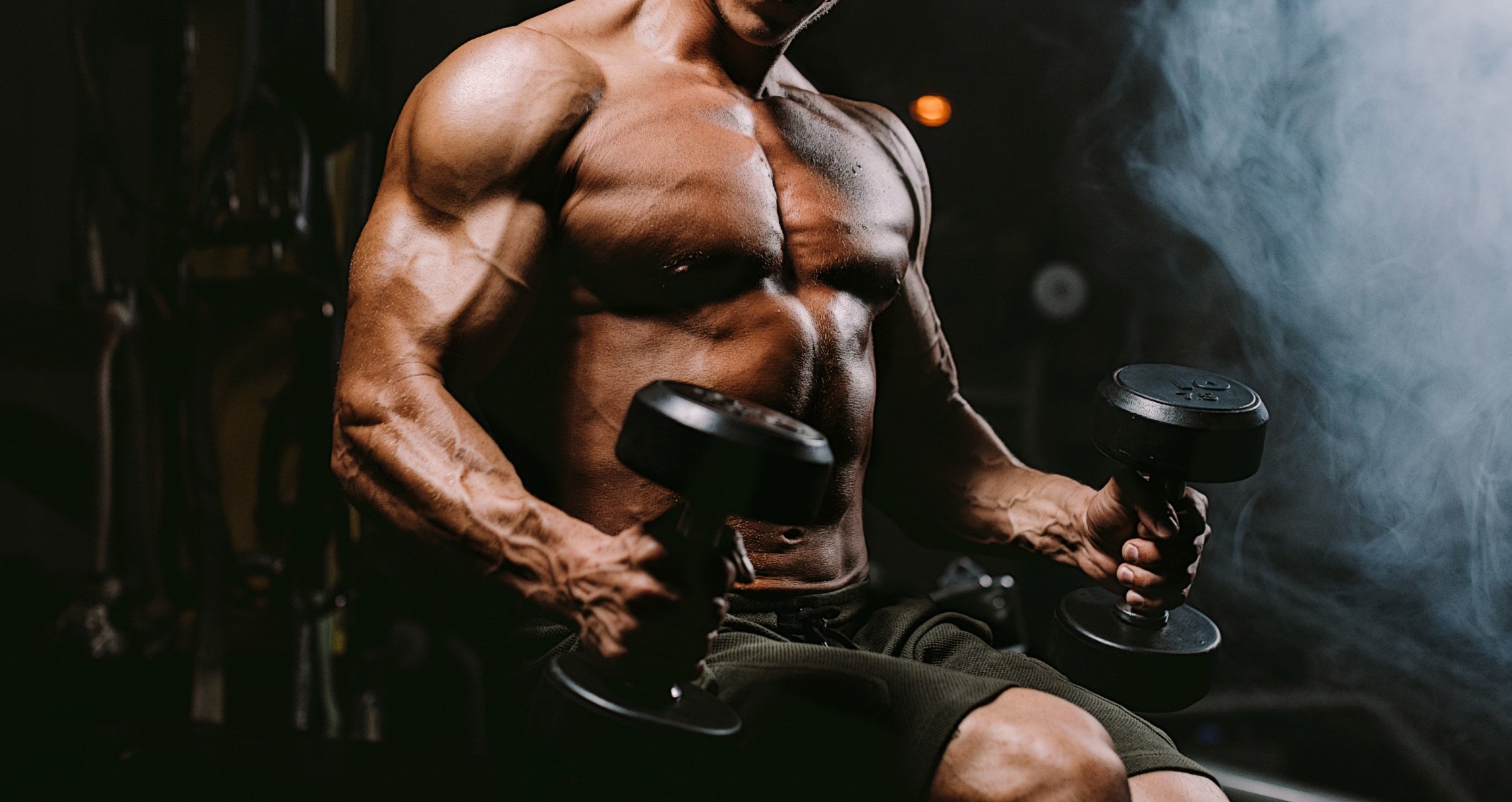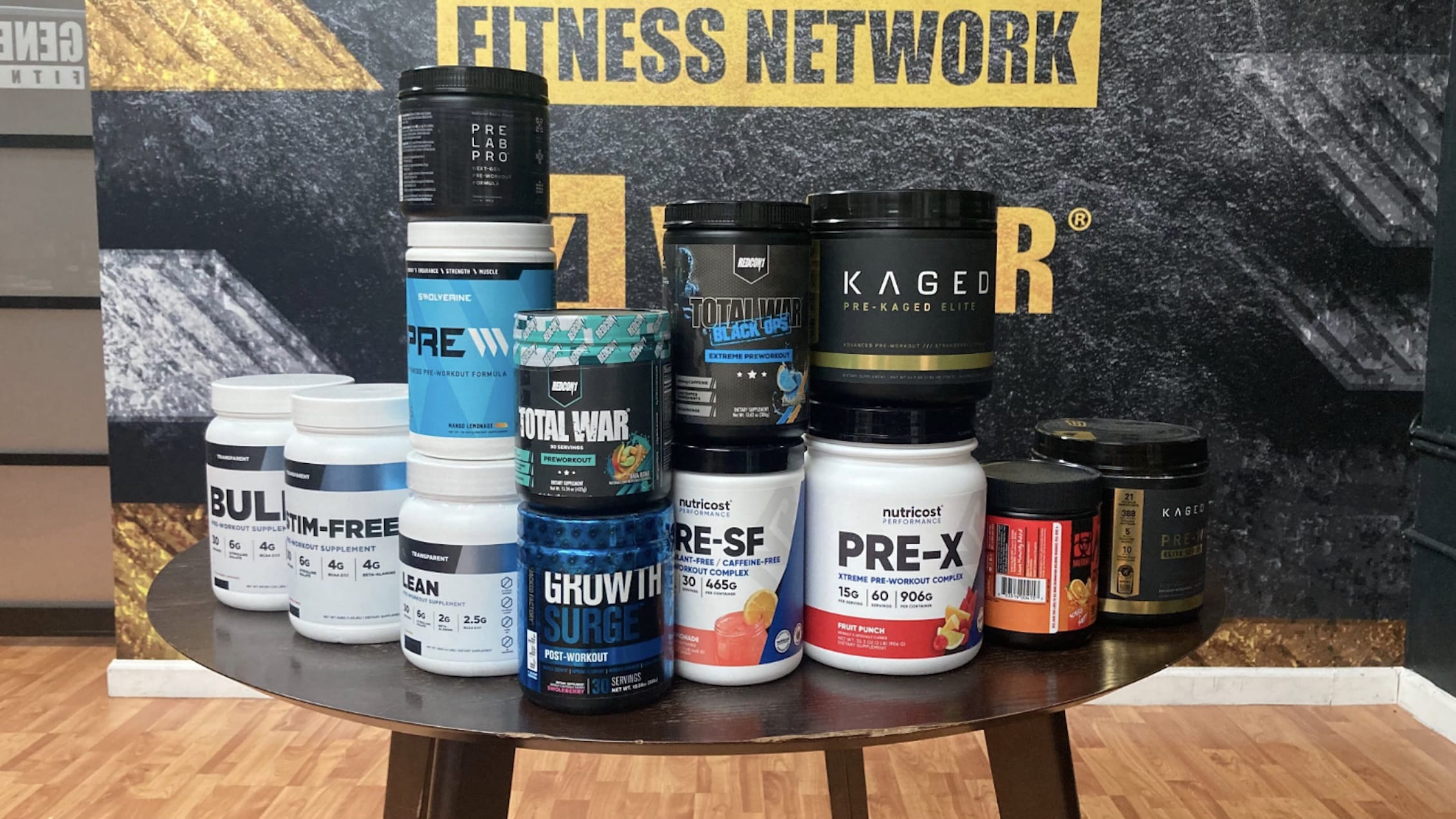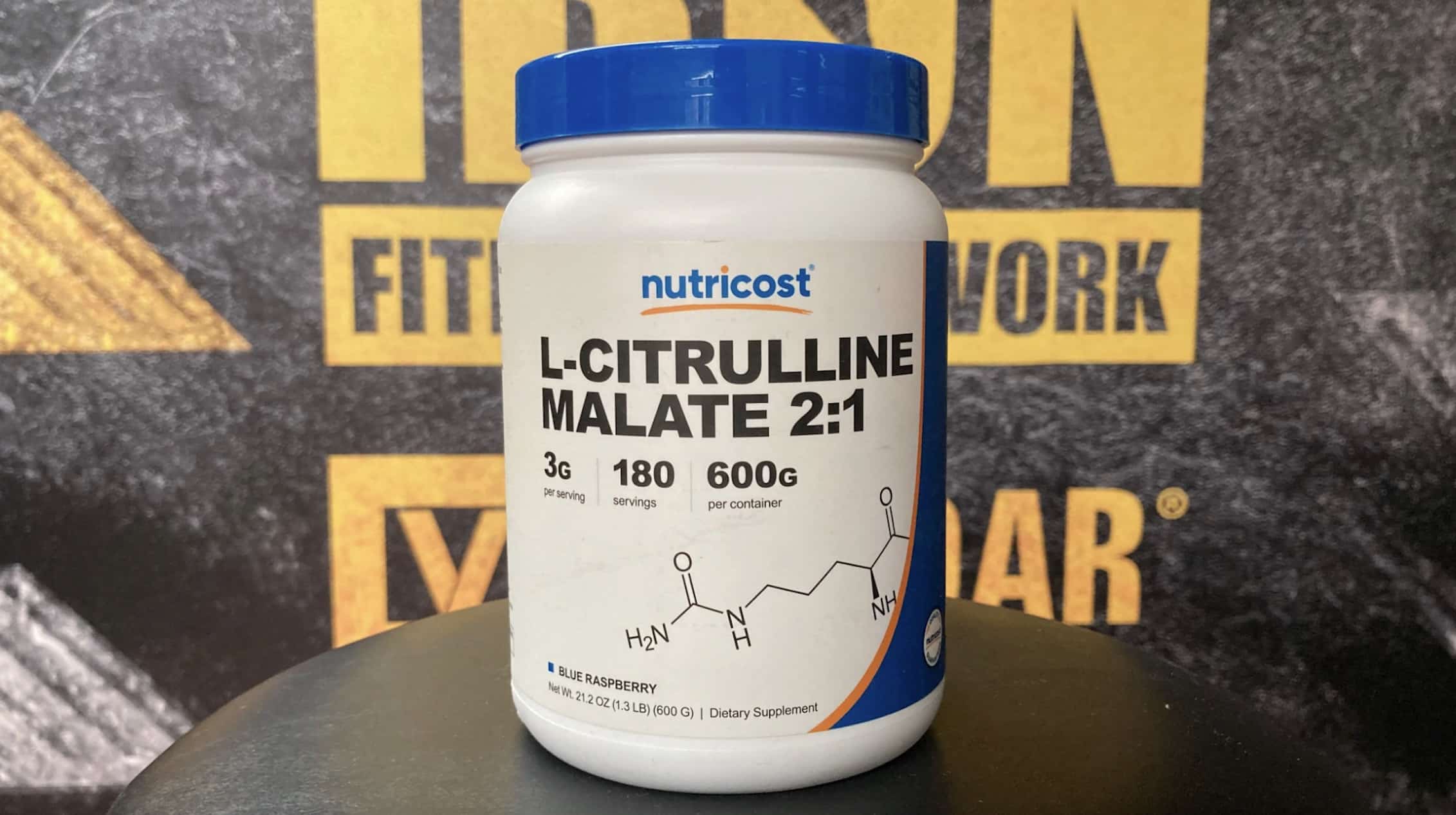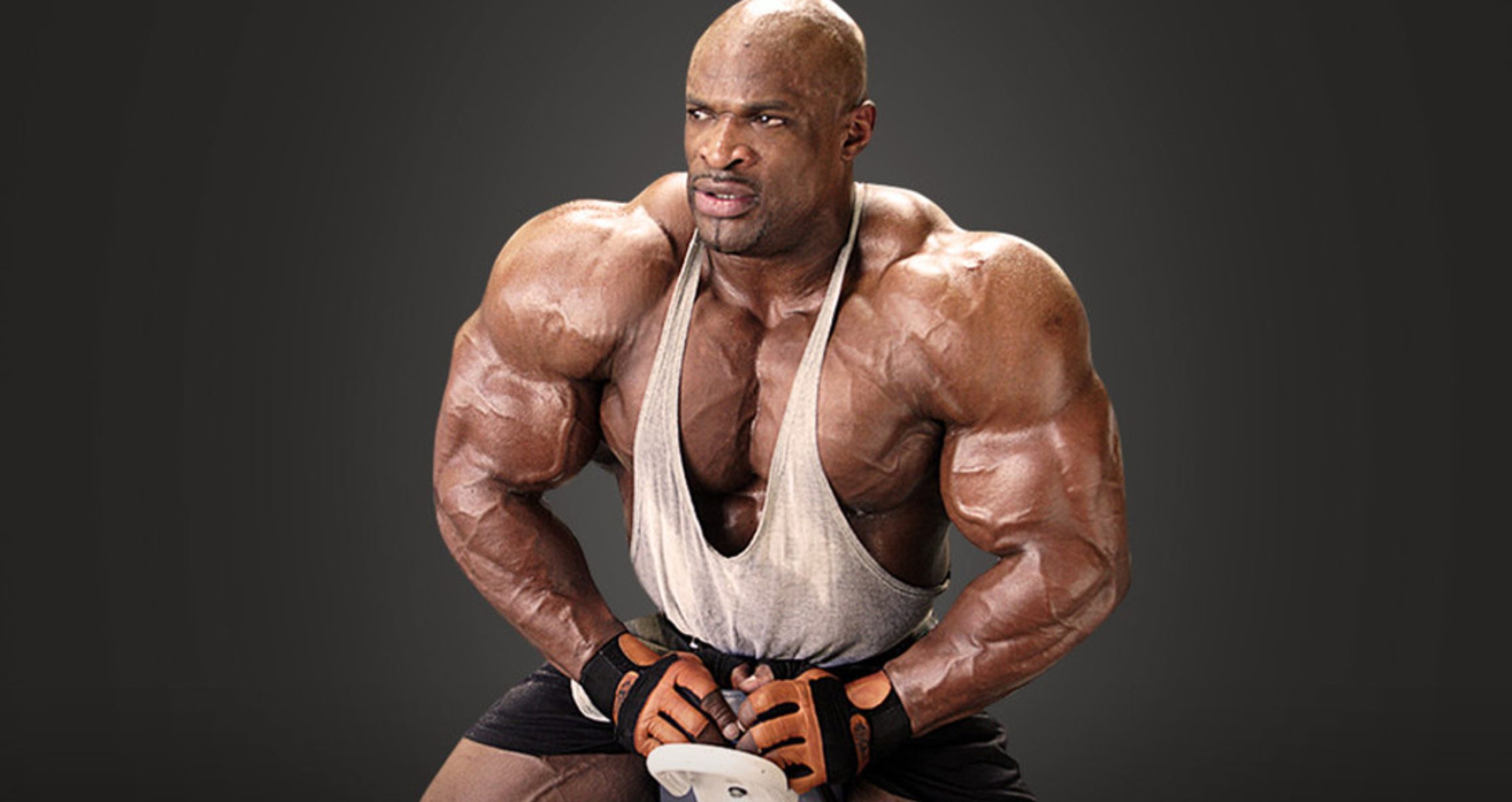The reverse machine flyes will help round out your shoulders.
Finding the correct exercises to target specific muscles can be challenging. The deltoid muscles, for example, consist of the anterior, lateral, and posterior delts. While many routines focus heavily on the anterior and lateral delts, the posterior delts are often neglected. To achieve well-rounded, 3D-looking shoulders, it’s essential to equally target all three deltoid heads (1).
The reverse machine fly is a highly effective exercise for activating the posterior delts. But what exactly is this exercise, and how does it contribute to building muscle and strength? This article dives deep into the mechanics and benefits of the reverse machine fly, offering step-by-step guidance to ensure proper execution. Plus, we’ll explore alternative exercises to help you optimize shoulder training and maximize growth.
Techniques & Muscles Worked
Reverse machine flyes work the upper back, traps, rhomboids, and rear delts. They’re an excellent exercise for enhancing posture and upper body stability, reducing injury risk, and improving movement.
To perform this exercise, you need a reverse fly machine with handles on each side to grab, a seat, and a chest pad to place your chest. So, instead of sitting flat with your back, you reverse the movement by sitting with your chest on the pad. Your grip matters when doing this exercise. Use a neutral grip over an overhand grip for more posterior delt muscle activation (2).
The posterior delts are the often neglected muscles of the deltoid muscles. So this exercise isolates and works those delts, making it a unique exercise you can add to your shoulder and back routines.
Keep your upper body upright and flat against the chest pad when performing this movement. Ensure you’re not leaning forward. Moving only your upper arms and little retraction from the shoulder blades is essential. Because of the biomechanics, this exercise is better adapted for light weights.
However, if you don’t have a machine to do this exercise, you can improvise by doing a standing dumbbell bent-over fly or seated bent-over fly. You could also use kettlebells or a resistance band for this exercise. Here’s a comprehensive guide on how to perform reverse machine flyes:
- Sit on the reverse fly machine with your chest flat on the pad and ensure your upper body is in front of the handles.
- Keep your back straight and upright, drive your feet into the ground, and grab the handles using a neutral grip. This is your starting position.
- Take a deep breath, contract your rear delts with a slight bend in your elbows, and bring your arms back.
- Keep the bend in your elbows and slowly pull your arms back until your shoulder blades come together.
- Pause in this position for about two to three seconds.
- Finally, slowly reverse the movement to the starting position.
- Repeat this movement for as many reps as you desire.
Benefits
Reverse machine flyes are effective isolation exercises that primarily work your posterior delts. They’re effective for working the back and building strong shoulders. Let us look at the benefits of performing this exercise.
Targets the Shoulders
This routine is the answer if you’re looking for the perfect exercise to work the often neglected posterior delts. It primarily targets the rear of the shoulders, giving you that well-rounded shoulder look and reinforcing it. This helps to prevent any shoulder injuries because of muscle and strength imbalance.
Works the Upper Back
Reverse machine flyes also build and strengthen your upper back muscles. A strong upper back gives you better posture and an aesthetically pleasing body. Doing this routine on the machine especially allows you to focus and not worry about balancing weights. This boosts your mind-muscle connection, leading to more muscle growth.
Improves Your Posture
If you have rounded shoulders and poor leaning because of long hours seated, this exercise can help correct them. It strengthens the muscles in your back and allows you to be more upright. Improving your posture can help reduce your risk of injuries and increase your confidence.
Better Form for Other Exercises
Doing this exercise works your shoulders and upper back muscles. It covers all three heads of your deltoid muscles and strengthens your shoulders. This helps improve your form for more intense shoulder-building exercises and improves your shoulder mobility.
Reverse Machine Flyes Alternatives
Reverse machine flyes are strength training exercises you should add to your upper body training. However, just like any other exercise, only performing this routine for your shoulders can eventually lead to a training plateau. Here are some alternative exercises you can use to vary your training.
Face Pulls
Face pulls are strength training exercises that work similar muscles to the reverse machine flyes. You use a cable pulley machine for this exercise, though you also have the option of tweaking it using free weights like barbells, dumbbells, and resistance bands.
T-Bar Rows
T-bar rows are effective back-building exercises. Proper form is essential to avoid injuries. This exercise works the lats, rhomboids, traps, core muscles, biceps, and rear delts.
Band Pull Aparts
Band pull apart work your rear delts and upper back muscles, similar to the reverse machine fly. However, you simply extend your arms and remove the band instead of using weights. Thus, you can easily do this routine at home or on the go.
FAQs
What muscles do the machine reverse fly work?
The reverse machine fly is an isolation exercise that works your upper back and shoulders. It’s great for shoulder development and mobility. Performing this exercise can help improve your upper back muscles, giving you that aesthetically pleasing build.
What are reverse flyes good for?
The reverse flyes are suitable for shoulder and back development. This exercise works and focuses on your posterior delts. Many other shoulder exercises ignore these muscles. So, if you want to build 3D-like shoulders, this is one exercise you can try.
Is a reverse fly machine effective?
The reverse machine fly is effective for building well-rounded shoulders and a strong upper back. For more benefits of this routine, check the exercise guide above.
Follow Generation Iron on Instagram, Facebook, and Twitter for more exercise guides!
References
- Franke, R.deA., Botton, C. E., Rodrigues, R., Pinto, R. S., & Lima, C. S. (2015). Analysis of anterior, middle and posterior deltoid activation during single and multijoint exercises. The Journal of sports medicine and physical fitness, 55(7-8), 714–721.
- Schoenfeld, B., Sonmez, R. G., Kolber, M. J., Contreras, B., Harris, R., & Ozen, S. (2013). Effect of hand position on EMG activity of the posterior shoulder musculature during a horizontal abduction exercise. Journal of strength and conditioning research, 27(10), 2644–2649. https://doi.org/10.1519/JSC.0b013e318281e1e9
